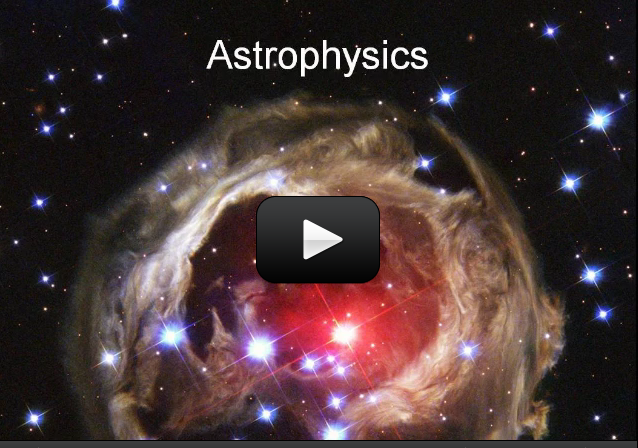Greetings and welcome to the study of astronomy! This first lesson is simply to get you excited and interested in astronomy so you can decide what it is that you want to learn about astronomy later on.
We’re going to cover a lot in this presentation, including: the Sun, an average star, is the central and largest body in the solar system and is composed primarily of hydrogen and helium.
The solar system includes the Earth, Moon, Sun, seven other planets and their satellites (moons) and smaller objects such as asteroids and comets. The structure and composition of the universe can be learned from the study of stars and galaxies. Galaxies are clusters of billions of stars, and may have different shapes. The Sun is one of many stars in our own Milky Way galaxy. Stars may differ in size, temperature, and color.
Materials
- Popcorn
- Pencil
[am4show have=’p8;p9;p11;p38;p92;p17;p44;p90;p73;p83;’ guest_error=’Guest error message’ user_error=’User error message’ ]
Download Student Worksheet & Exercises
Before watching the video, print out your worksheet so you can jot things down as you listen. Then grab your pencil (and a handful of popcorn) and fill it in as you go along, or simply enjoy the show and fill it out at the end.
What’s Going On?
Astrophysics is the branch of astronomy that deals with the physics of the universe. Astronomers study celestial objects (things like stars, planets, moons, asteroids, comets, galaxies, and so forth) that exist outside Earth’s atmosphere. It’s the one field of study that combines the most science, engineering and technology areas in one fell swoop. Astronomy is also one of the oldest sciences on the planet.
Early astronomers tracked the movement of the stars so accurately that in most cases, we’ve only made minor adjustments to their data. Although Galileo wasn’t the first person to look through a telescope, he was the first to point it at the stars. Originally, astronomy was used for celestial navigation and was involved with the making of calendars, but nowadays it’s mostly classified in the field called astrophysics.
Questions to Answer:
- What happened to Pluto?
- How does the Sun make energy?
- Which planet is your favorite and why?
- How many moons around Jupiter and Saturn can you see with binoculars?
- What’s the difference between a galaxy and a black hole?
- How many Earths can fit inside the Sun?
[/am4show]


A black hole is an object whose gravity is so strong that even light cannot escape its pull.
what is a black hole!!!!!!!
The following page has information on selecting a telescope and there are a few links on the bottom of the page. https://www.sciencelearningspace.com/2019/09/avoid-getting-ripped-off-when-you-buy-a-microscope-telescope-and-binoculars/
Hello! How does one go about selecting and purchasing the best at home telescope that a beginner can grow to use as a professional?
Here’s a couple of NASA articles you might enjoy learning from:
https://www.nasa.gov/mission_pages/chandra/images/found-three-black-holes-on-collision-course.html
https://www.nasa.gov/feature/goddard/2018/astronomers-unveil-growing-black-holes-in-colliding-galaxies
Can you please tell us what happens when two black holes collide? Thank you!